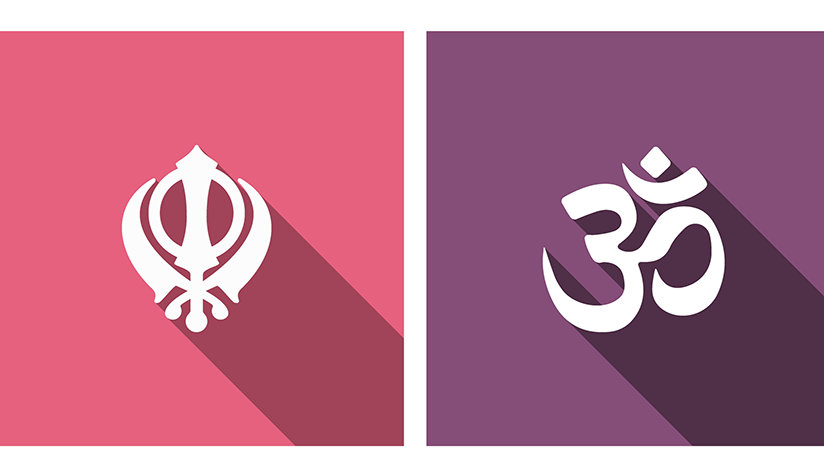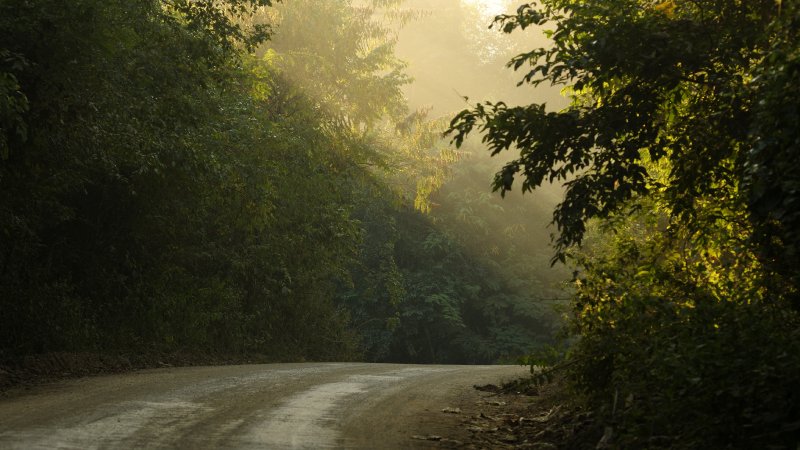
-
HOME
-
WHAT IS STANDOur Mission Our Values Our Help Contact
-
WHAT WE FIGHT FORReligious Freedom Religious Literacy Equality & Human Rights Inclusion & Respect Free Speech Responsible Journalism Corporate Accountability
-
RESOURCESExpert Studies Landmark Decisions White Papers FAQs David Miscavige Religious Freedom Resource Center Freedom of Religion & Human Rights Topic Index Priest-Penitent Privilege Islamophobia
-
HATE MONITORBiased Media Propagandists Hatemongers False Experts Hate Monitor Blog
-
NEWSROOMNews Media Watch Videos Blog
-
TAKE ACTIONCombat Hate & Discrimination Champion Freedom of Religion Demand Accountability
Increased Tolerance: The Apple Pie Method
The Pie
One day when I was a kid, my mom brought an apple pie home from the bakery. This was a rare occurrence in our sugar-rationed household and therefore a very big deal to me. I, personally, had an open-door policy on sugar. I could hardly contain myself as I waited for the magic moment of the first slice.

The moment came. The first bite was everything I expected: flaky crust, apple still firm with a bit of crunch, creamy sweet delicious cinnamon afterglow with a velvet texture. Heaven.
In blissful reverie I took the next bite—and GAACK! GLUP! BLEAH! It was the foulest taste and texture imaginable. To say, “bad apple” gives it too much credit. It even made the formerly perfect crust taste bad.
Eyes bulging in horror, my mom swept the pie—the whole pie—from the table and threw it in the trash. My impending nausea instantly turned to alarm. “MOM! NO! Not the WHOLE pie! I’m sure the rest of it is good! It was just the one piece!” She wouldn’t hear of it.
Later, without her knowledge, I went to the trash and dissected the pie looking for telltale discoloration. My painstaking exploratory surgery showed that the remainder of it was perfect.
It wasn’t fair. The bad slice was about 15% of the pie. For one single flaw, the harmless 85% was condemned to the city dump.
In other words, they condemn the whole pie for the 15% that gave them an upset stomach and then gather into a hate group and blather on and on about all those awful pies.
The People
Clara. I’ve known Clara for years. Salt of the earth. Wonderful person. Big heart and razor-sharp wit. But her political position is so rigid and antithetical to my more moderate viewpoint that it sometimes makes me question her sanity.
Bob. Similarly, I’ve known Bob for years. Great guy. Artistically and intellectually stimulating. Amazingly talented. But his social philosophy is so airy-fairy fantasy-land unrealistic that it makes my head spin.
Dennis. Known him for years too. We share a similar technical nerdism and love of sports cars. He has a wonderfully quirky English sense of humor—which is appropriate, seeing as he’s from England. But his over-asserted social piety is beyond tiresome.
The Problem
About 15% of the disposition of each of these friends drives me absolutely around-the-bend nuts. Worse, if I don’t watch it I tend to stick on that 15% and go round and round trying to figure out how they can possibly think that way.
My spinning is understandable but potentially dangerous: people tend to jam their attention onto things they don’t comprehend because by nature, people seek to comprehend things. Failing comprehension, they get uncomfortable. Unable to tolerate the increasing discomfort, they start mocking what confuses them. When mockery doesn’t make them feel any better, they walk away and associate exclusively with those they are comfortable with. Then as a group, they jeer at the things they don’t understand.
In other words, they condemn the whole pie for the 15% that gave them an upset stomach and then gather into a hate group and blather on and on about all those awful pies.
This progression—from lack of understanding to discomfort to intolerance to mockery to gathering into groups that fan that ember of intolerance into the full flame of hate—can apply to anything, and can ruin friendships and tear cultures apart. Demonstrably, the most common subjects involve religion and politics. But no matter the subject and no matter how far it spreads, you can trace the cause back to individual misunderstanding.

The Solution
The cure is simple and in my experience remarkably easy. It’s why I still love hanging out with Clara, Bob, and Dennis—not to mention at least a dozen others who have significant opinions that don’t line up with mine: chalk up the 15% to “vive la différence” and dig into the rest of the pie, because that’s the part that’s the real treat.
And—as I have—you might even start to understand the small part that was once so vexing.









